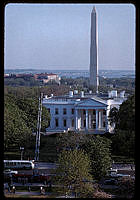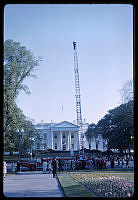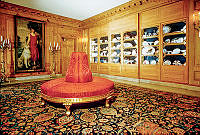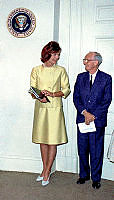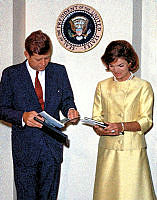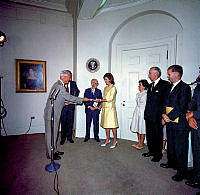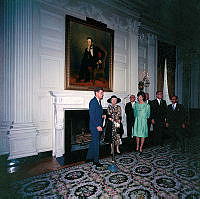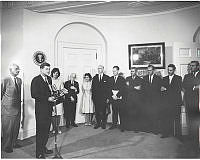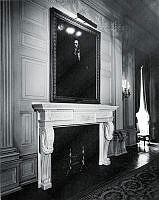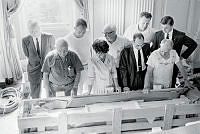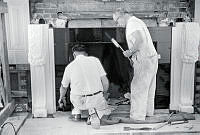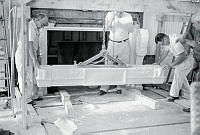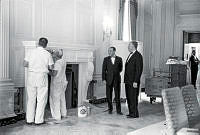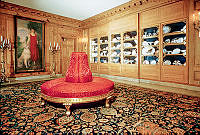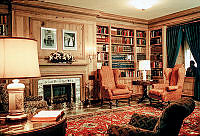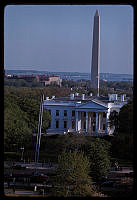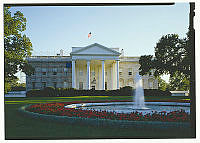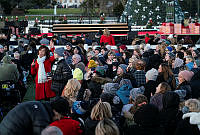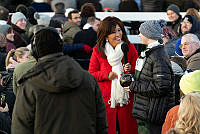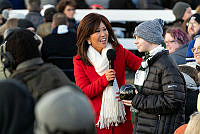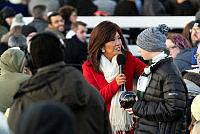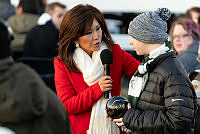Plumbing in the White House is Not for the Servants
Copyright © White House Historical Association. All rights reserved under international copyright conventions. No part of this article may be reproduced or utilized in any form or by any means, electronic or mechanical, including photocopying, recording, or by any information storage and retrieval system, without permission in writing from the publisher. Requests for reprint permissions should be addressed to books@whha.org
References to the installation of plumbing fixtures began to appear in architectural plan books in the 1840s. Plumbing systems were already known in large hotels and grand mansions by 1833, when water was first piped into the White House. Sometime within the next year, a "bathing room" was established in the east wing. Interim upgrades appear to have been made during the 1840s, by which time a toilet was probably in place on the main floor.
In 1853, a permanent bath tub, with hot and cold running water, replaced the portable painted tin tubs in the President's quarters. But there were no toilets, showers, or tubs for the servants. "Running water, not yet considered a necessity, was available only where it could increase the servants' efficiency—in the pantry on the main floor, in the hall of the basement, in the upstairs hall. [. . .] Servants bathed in tin tubs in the west wing, hauling water in buckets from one of the pumps. Privies, one for men and one for women, opened off the covered passages that ran between the house and the wings."1

White House servants bathed in tinned sheet iron tubs such as this one.













